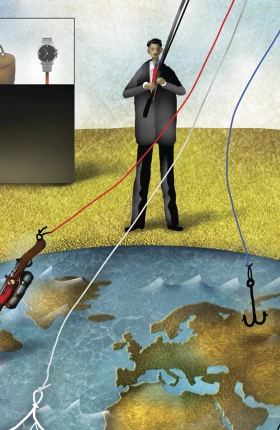The uncertainties and worries that characterize most of today’s economic headlines are nowhere apparent in recent reports on the world’s luxury players, many of which are recording double-digit year-on-year increases and profit gains that provoke the envy of business leaders in other sectors. The results are as eye opening in luxury experiences as they are in personal luxury goods.
Overall, the worldwide luxury market has shown itself to be robust. The Boston Consulting Group’s latest study—on which we worked in 2011 with research specialist Ipsos and the International Luxury Business Association to poll roughly 1,000 affluent individuals in eight mature countries (France, Germany, Italy, Japan, South Korea, Spain, the U.K., and the U.S.) and the four emerging BRIC countries (Brazil, Russia, India, and China)—reveals that aggregate annual spending on what those consumers describe as luxuries now tops $1.4 trillion. That figure far outstrips the sums usually cited for sales of luxury goods such as apparel, cosmetics, watches, and jewelry. Sales of luxury cars account for close to $350 billion of that total worldwide, and the business of luxury experiences—from art auctions to one-of-a-kind travel adventures—is already worth well over $770 billion of the total.
However, BCG believes that many of the economic and behavioral trends highlighted in our December 2010 global-luxury-market report are accelerating. As a consequence, luxury providers will have to sharpen their adaptive-strategy skills if they are to succeed over the long term. They must prepare themselves in particular for four areas where change is most apparent: the definition of luxury markets continues to evolve, Navigating the New Consumer Realities , new and very different markets are materializing in rapidly developing economies, and social media (and the Internet in general) are rapidly reshaping long-held perceptions of luxury and value.
The report elaborates on those four areas of change and reveals where luxury providers’ leadership teams must put most of their effort in the future.
Acknowledgments
The authors would like to offer their sincere thanks to Dorit Hanisch (global marketing manager in BCG’s Vienna office); Gillian Moore, senior analyst; and other colleagues for their contributions.






